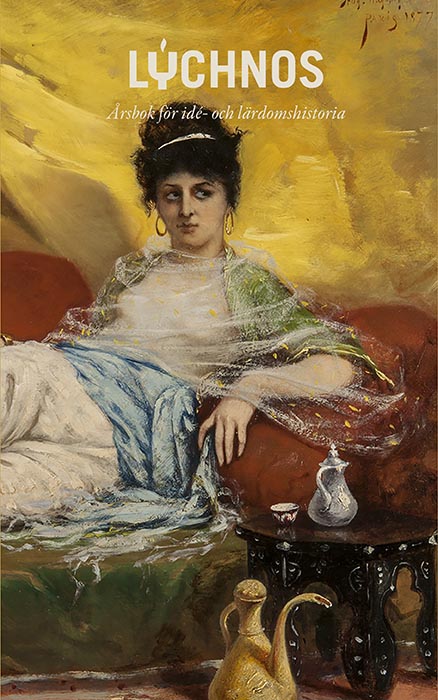Fantasmernas spektrum
Om Eliza Haywoods Fantomina. Or, love in a maze (1725)
Nyckelord:
Eliza Haywood, possession, identity, publicity, controlAbstract
Eliza Haywood’s novel Fantomina. Or, love in a maze (1725) is typical of her work from the 1720s. In fictions, ever as erotic as political, Haywood deals with the sexual ideology of her time, including power relations between the sexes and class privileges. In Fantomina a young lady disguises herself and uses several different identities in order to repeatedly seduce one man – a man that does not understand that the same wom-an repeats herself in different guises. Throughout the novel questions about desire, publicity, control, subjectivity and agency during the early modern capitalistic era is explored. But how can we, in contemporary times, understand these explorations, and what are we to make of the frequently used term possession and its relations to questions about the protagonist’s conditioned freedom and agency? By way of Hannah Arendt, and other more contemporary theorists, I read the novel as a critical iteration of possessive individualism, a branch of thinking that was in a process of consolidation during Haywood’s lifetime. By focusing on the concept of human as the sole propri-etor of him/herself, I ask which alternative subjectivities and desires the novel opens up for. Towards the end of Haywood’s Fantomina the masquerade is revealed and the woman is sent to a monastery in France. Are there alternatives to reading this end as a punishment, a social sanction directed at an unruly woman? Since this is a novel where the public sphere is understood in terms of control, I argue that there indeed are alternative interpretations, and also that a heteronormative reading ought not be a given. If the monastery, in the same way as the theatre in which the novel begins, rather than an enclosure, functions as an opening outwards – towards something different than the prevailing social order – we should not forget that the monastery conveys a different understanding and organization of property and possession.
Downloads
Publicerad
Nummer
Sektion
Licens
This work is licensed under a Creative Commons Attribution 4.0 International License. The copyright for the work published in Lychnos remains with the authors.


